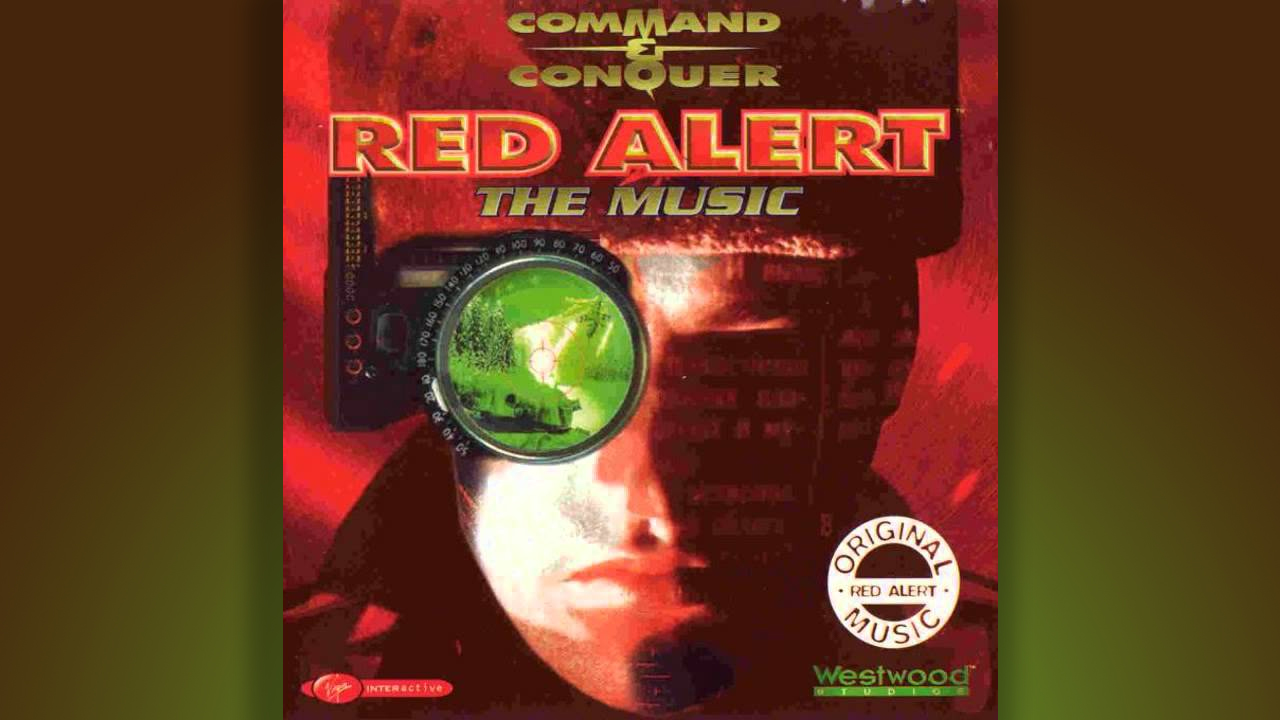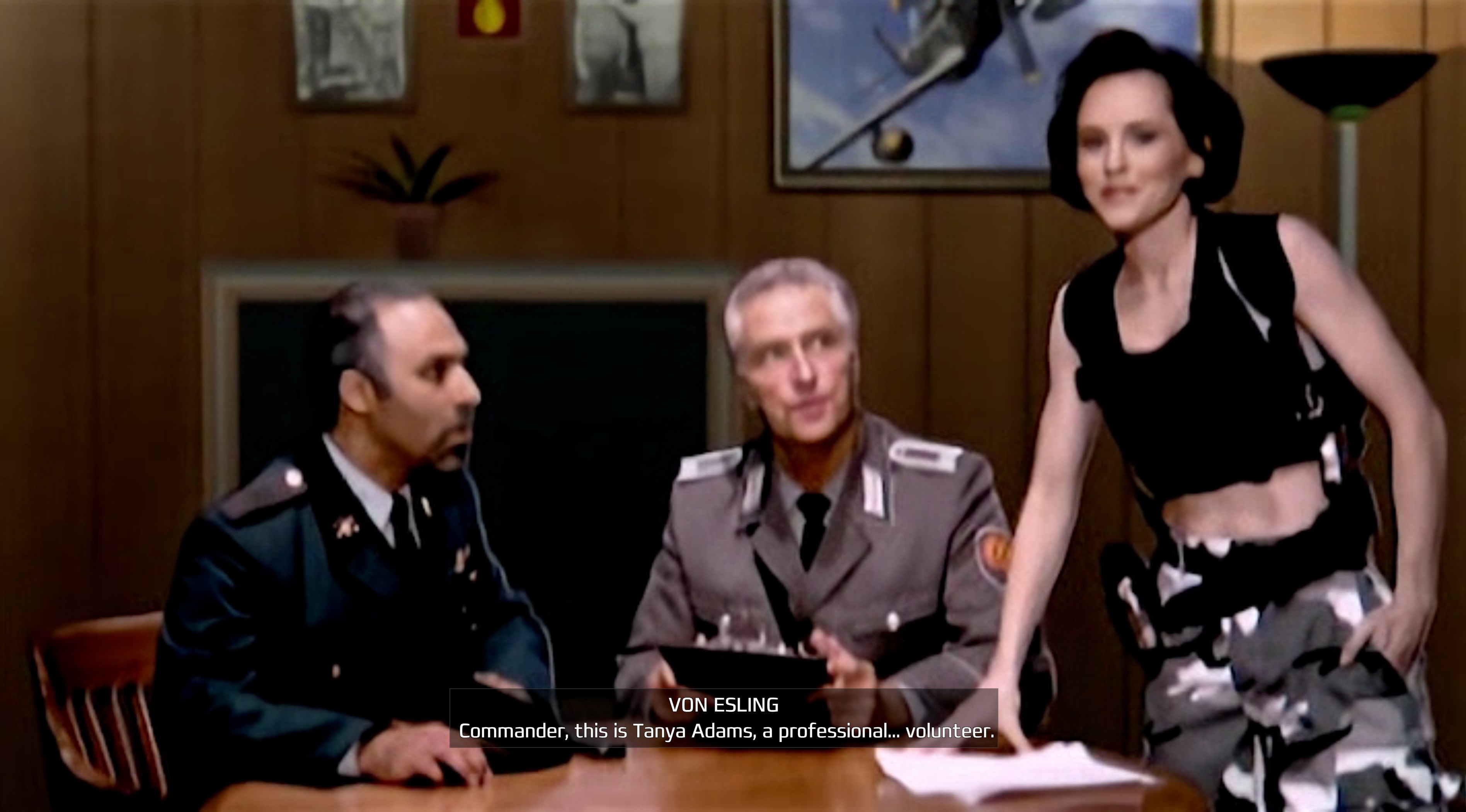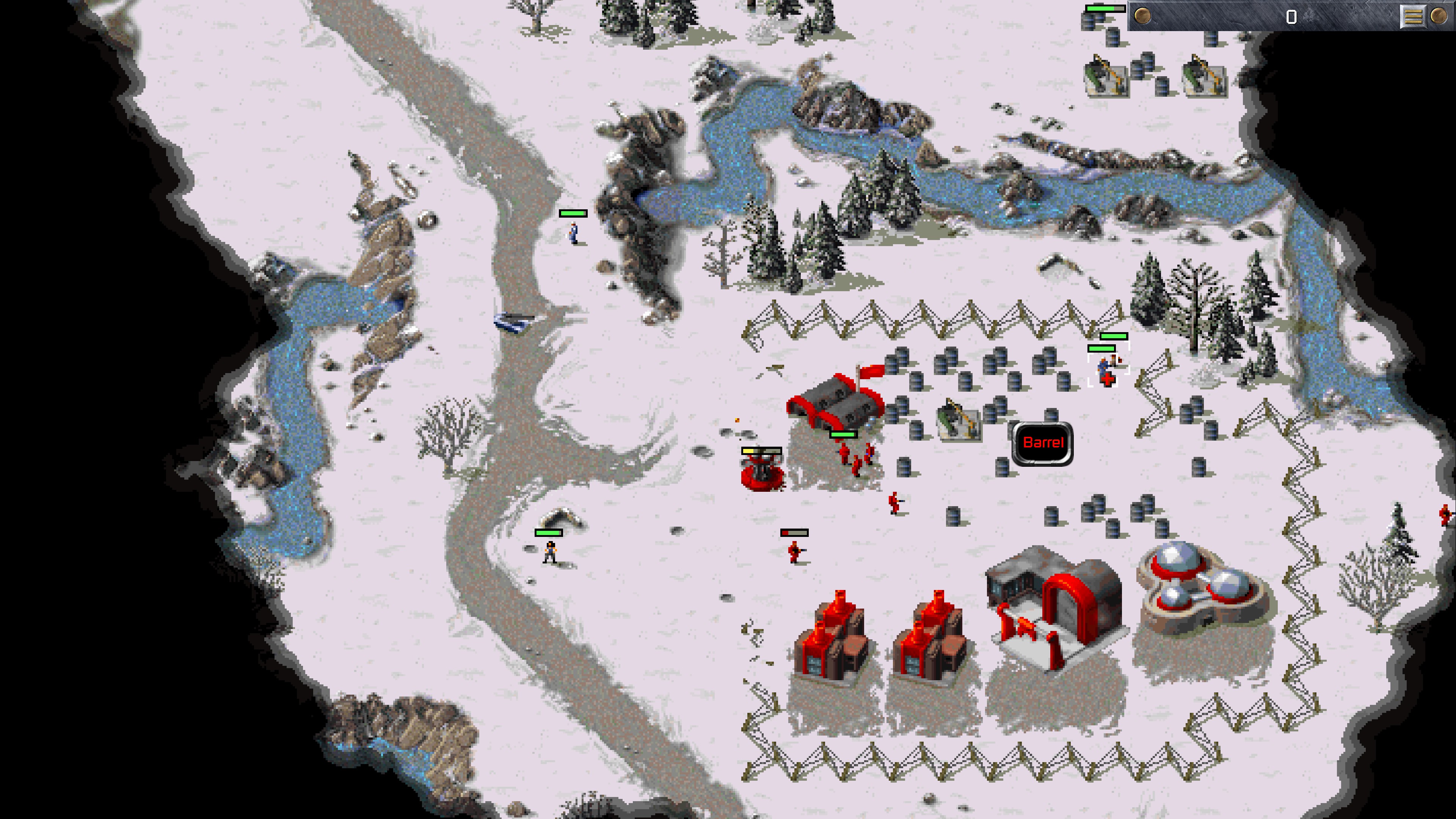Command & Conquer: Red Alert remains one of the most intense and imaginative strategy games ever made | PC Gamer - moyerthabod
Command & Suppress: Red Alert cadaver one of the most intense and imaginative strategy games ever made

The account of the scheme game

For more of Command & Suppress's past, and a look back at the whole strategy genre, check dead our buirdly history of the strategy game, from 1972 to now.
Released in November 1996, Command and Conquer: Red Alert was formed in just 14 months. That's a staggeringly short turnaround for a courageous. Even accounting for the shorter development cycles of the middle-nineties—two years compared to today's quadruplet—it's still far less than the average for a John R. Major deed of conveyance of the epoch.
Red Warning signal was created in a pressure cooker, a lightning-scurrying response to the winner of Command and Stamp down, by a studio determined to capitalize on the Zeitgeist information technology had created. It's a project that could easily make exhausted awry, resulting in a game that felt rush or incomplete. Instead, the resultant role was an RTS that's so fast and so intense that it nevertheless hits like a SCUD missile 25 years on.

Course, it helps that the foundations of Red Alert were already laid at the outset of its production. The pun relies heavily on the RTS framework Westwood naturalized with Dune 2 and mastered in Require & Conquer, that effervescent conflate of imagination-gathering, base-building and fast-paced battles. Red Alert adopts C&C's skeleton sweeping, including the interstitial cutscenes and the undetermined campaign structure that often lets you opt from a selection of missions. Merely upon this skeleton, Red Lively builds an have that's more frenetic and more creative, as well as being shamelessly ridiculous.
Red Alert's melody choices are endlessly bewitching. After the success of Command and Conquer, Westwood could easily have successful a straightforward sequel, one that continued that story of GDI versus Nod. Merely this wouldn't happen until 1999's Tiberian Solarize. Alternatively, Red Alert segues dramatically into an absurd alternate history, one where World War II ne'er happened because Albert Einstein traveled rachis in time and erased Adolf Der Fuhrer from existence before the war broke forbidden. But in the absence of the Tierce Reich, the power of the Russia grows unchecked, spreading through both Asia and Europe, while a ramshackle group of European Allies struggles to hold back the tide.
It is a gloriously silly premise and one that says a whole lot around the mindset of Westwood Studios the time. The original C&C, patc not exactly a po-faced game, was more grounded in political realities. The design of the GDI was heavy divine by the U.S Military circa Operation Desert Storm, while the Brotherhood of Nod was an incarnation of mid-nineties anxieties surrounding violent organisations.

Blood-red Alerting's conflict is based upon one that had already been resolved, albeit only recently. The Soviet Labor union had collapsed only five years before, and both Cold Warfare tensions and their destruction would throw been fresh in the minds of the development team. What better way for Westwood, riding high on the success of their military RTS, to celebrate than with a game that lets you complain Stalin right in the moustache?
And Red Alert really does set about with a kick. Whether you execute a daring United mission to rescue Einstein from Soviet clutches, or commence a disgraceful and bloody purge of an Eastern European village as Joseph Stalin's most ruthless general, the opening missions of Red Alert are bold and immediate, grabbing a hunk of your shirt and yanking you into the fulfi. Even Relic's Company of Heroes, the RTS most known for its cinematic flair, doesn't begin as explosively as Red Alert.
Red Alert's missions are explosive in a literal sense overly, due to the large number of highly incendiary barrels littering environments. Initially it's odd to understand this staple of the FPS appear so pronto in a scheme game, but they fit dead within Red Alert's fast-paced and dynamic scenarios. Those nondescript grey squares are often positioned so that explosions spread approximately the map, destroying foe units and structures in spectacular, cascading infernos.

The pace of Red Alert, combined with its fondness for explosives, often makes it find more like a spinning top-down action game than an RTS. This is in particular the case in smaller-scale scenarios, such as an early Allied mission where peerless-woman-army Tanya Adams joins up with a smattering of units to destruct a mesh of bridges and halt the Soviet advance. This ISN't to say they are mindless affairs; you've still got to sail the correspondenc carefully to ensure Tanya doesn't get mauled past Soviet attack dogs or squashed by a tank. Simply the manner these scenarios see you rip through units and structures is almost colonnade-like.
Information technology's a spectacular experience, which seems odd to say virtually a spunky that is visually so antiquated (unless you're playing the remaster, of course). But the prize of Ruby Alert's design shines through in lots of surprising ways. For example, as a strategy game, Red Alert is more even-handed than people tend to remember. It's loosely acknowledged that the Soviet roster is the more colourful and fun of the two factions, but while that may make up true of later Red Alert games, the factions of the pilot are well balanced. Yes, the Soviets get the tesla coil and the onset dogs and loads of mobile units, only the Allies have units look-alike the spy, who buns reach out opposition bases undetected, and the stealer, who can buy ore from enemy silos.

What's more remarkable about Reddish Cognisant, however, is how the game generates such variety from a handful of ingredients. Each lateral only has a a couple of units and buildings, but all mission is creatively structured and carefully crafted to spin the game's simple base-building and simpler combat in different slipway. In 1 mission, you first must guide a spy through Soviet patrols to free Tanya from a prison, earlier leading a cutting edge of infantry and engineers to capture a small Soviet base, which you then use to destroy a much larger infrastructure. On the Soviet side, thither's a mission that sees you controlling a small squad of infantry attempting to domesticize a Land nuclear nuclear reactor commandeered by the Allies. The mission kicks off like an action mechanism movie, with your team being chased down past Allied forces in front a huge explosion rips through the facility.
Returning to Red Alert after 25 years, I honestly wasn't expecting it to hold up. I thought I'd find its visuals intolerable and its mechanics simplistic, that I'd get over frustrated by laboriously ordination around clusters of units and having to pull off all enemy on the map. But I was completely wrong. Red Alert is shockingly good, a truly thrilling RTS from a studio at the acme of its creative power, incomparable that can still challenger modern strategy games for its pacing, imaging and sheer sense of amusive.
Source: https://www.pcgamer.com/command-and-conquer-red-alert-remains-one-of-the-most-intense-and-imaginative-strategy-games-ever-made/
Posted by: moyerthabod.blogspot.com


0 Response to "Command & Conquer: Red Alert remains one of the most intense and imaginative strategy games ever made | PC Gamer - moyerthabod"
Post a Comment